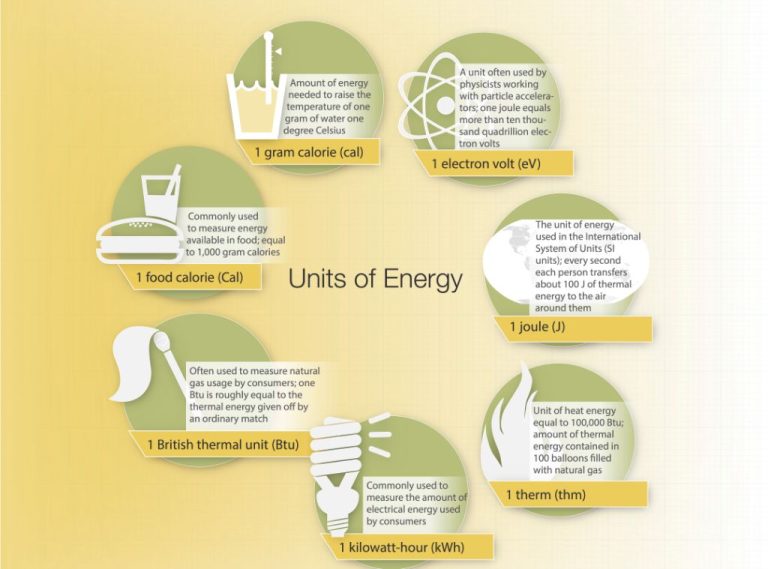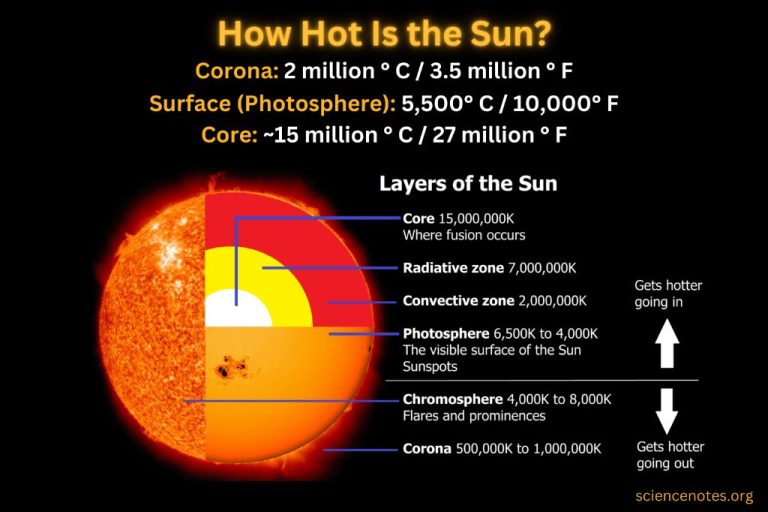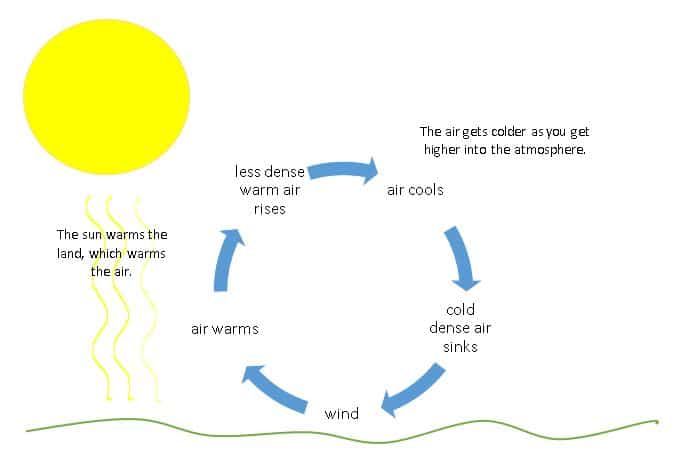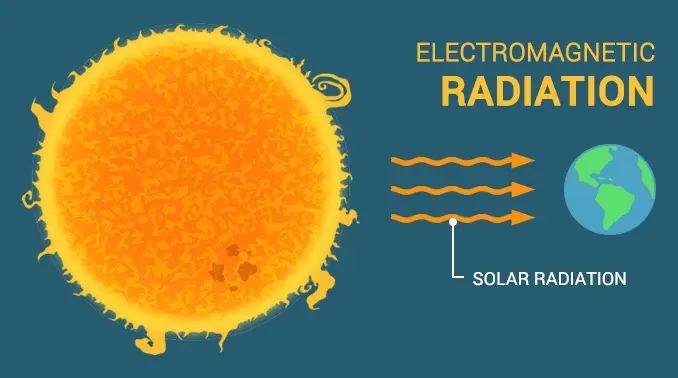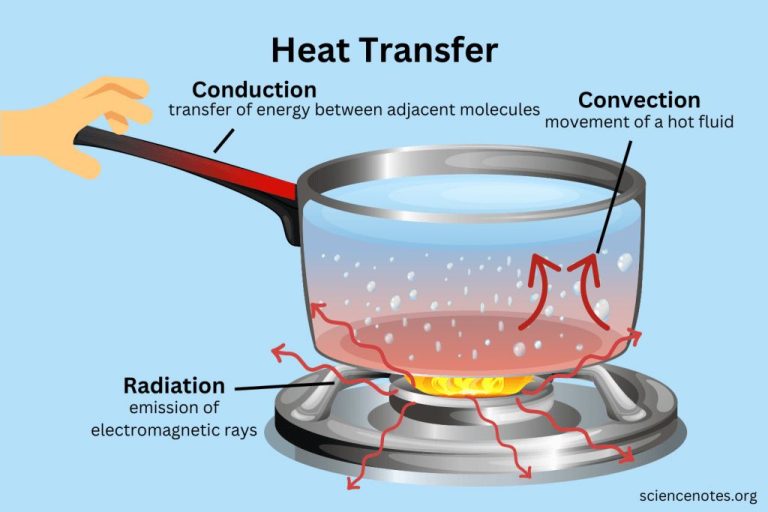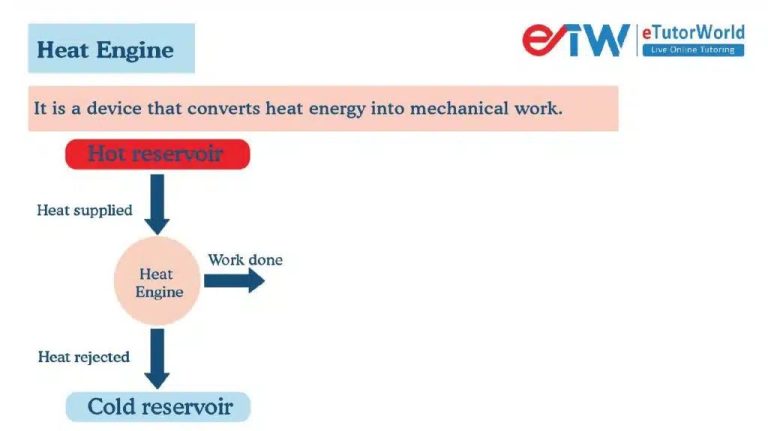What Produces Thermal Energy?
Thermal energy, also known as heat energy, is the energy associated with the random motions of atoms and molecules in matter. It is often defined as the internal energy present in a substance that is not associated with the overall motion or position of the substance as a whole. Thermal energy is essentially the kinetic energy associated with the random vibrations and movements of the molecules and atoms making up matter. Thermal energy is critical for everyday life. It powers many essential processes and technologies, from cooking food to generating electricity.
There are several main sources that produce thermal energy. Some of the most common include combustion or burning of fuels like natural gas, oil, coal, or biomass, nuclear reactions, sunlight, geothermal energy from inside the Earth, friction, and electrical resistance. Metabolic processes within living organisms also generate heat. This article will provide an overview of the primary ways thermal energy is produced and examples of how it is utilized in everyday life.
Chemical Energy
Chemical energy results from the combustion of fuels like coal, natural gas, petroleum, and biomass. In a chemical reaction, the molecules in the fuel break apart and recombine with oxygen, releasing energy in the form of heat. This exothermic process converts the chemical energy stored in the fuel’s molecular bonds into thermal energy.
Some common examples that utilize chemical energy to produce thermal energy include:
- Internal combustion engines – The combustion of gasoline or diesel fuels in an engine cylinder generates heat that is converted into mechanical work.
- Furnaces and boilers – Natural gas combustion heats up water or air to provide building heating.
- Stoves and ovens – The burning of natural gas or electricity heats up the enclosed air to cook food.
- Camp fires and fireplaces – The combustion of wood releases heat for warming and light.
The amount of thermal energy produced from burning a fuel depends on the type of fuel and the efficiency of the combustion process. Maximizing thermal efficiency is important for reducing fuel consumption and emissions.
Electrical Energy
Electricity is one of the most common sources of thermal energy due to electrical resistance present in numerous devices and appliances. When an electric current flows through a conductor or device, the resistance creates friction that converts some of the electrical energy into heat. This is known as Joule heating. The higher the resistance, the more heat that is produced from the electricity.
Some everyday examples that utilize electrical resistance to generate thermal energy include:
- Electric stoves and cooktops – Coils or heating elements with high resistance convert electricity into heat to cook food.
- Space heaters – Electric current flowing through high resistance wires or ceramics heats them up to warm indoor spaces.
- Toasters and toaster ovens – Heating coils with high resistance produce heat to toast bread or cook small meals.
- Hair dryers and curling irons – Resistance in heating elements converts electricity into heat for styling hair.
- Computer chips – As electric current flows through integrated circuits, resistance causes the circuits to heat up.
In all these examples, electrical energy is transformed into thermal energy via Joule heating and electrical resistance. This allows electricity to be used as an efficient and convenient source of heat in homes and devices.
Nuclear Energy
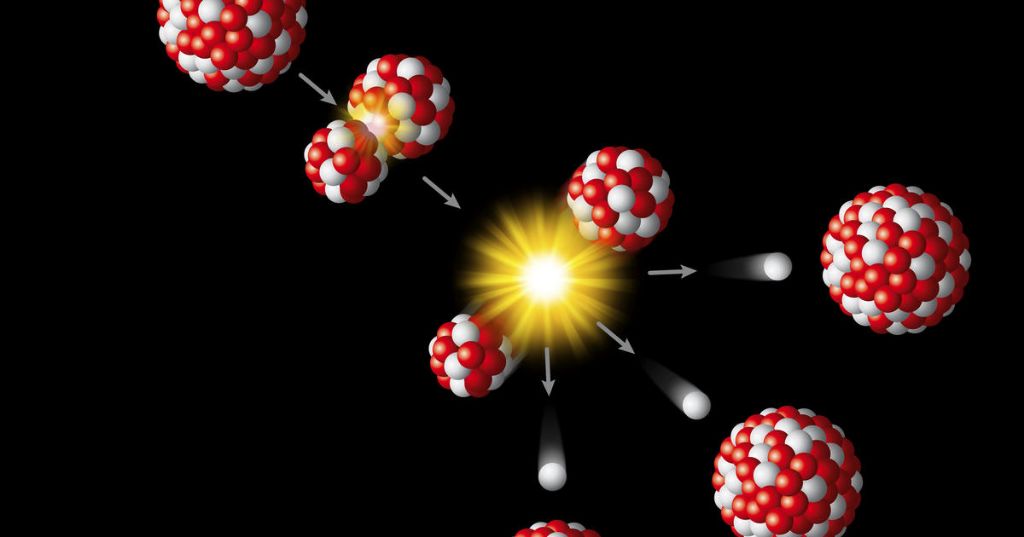
Nuclear energy is energy released during nuclear reactions, which convert a small amount of mass into a large amount of energy. There are two main types of nuclear reactions that produce thermal energy:
Nuclear Fission
Nuclear fission is the splitting of large atomic nuclei such as uranium or plutonium into smaller nuclei. This process releases energy because the total mass of the resulting nuclei is less than the original nucleus. Nuclear fission reactions power nuclear reactors and atomic bombs.
In nuclear reactors, a neutron is fired at a large fissile atom like uranium-235 or plutonium-239, causing it to split into two smaller atoms and release 2 or 3 more neutrons. These neutrons go on to split other uranium or plutonium atoms, creating a chain reaction that produces massive amounts of heat energy that is used to boil water into steam to spin turbines and generate electricity.
Nuclear Fusion
Nuclear fusion is the combining of two light atomic nuclei into a single heavier one, releasing energy in the process. The sun and other stars generate energy through fusion of hydrogen atoms into helium. At extremely high temperatures and pressures in the sun’s core, hydrogen nuclei fuse together, converting some of their mass into energy as described by Einstein’s famous equation E=mc2.
Scientists are also working to develop fusion power plants on Earth, which would fuse isotopes of hydrogen like deuterium and tritium to produce electricity with no carbon emissions, less radioactive waste compared to fission, and virtually limitless fuel derived from seawater.
Friction
Friction converts mechanical energy into thermal energy through resistive forces. When two surfaces rub against each other, the friction between them results in kinetic energy being converted into heat energy. The faster the surfaces move, the greater the friction and production of heat. Some examples of friction producing thermal energy include:
- Rubbing your hands together – The friction between your hands generates heat.
- Car brakes – The brake pads rubbing against the brake rotors convert the car’s kinetic energy into heat, slowing the vehicle down.
- Drilling holes – The friction between the drill bit and the material being drilled converts mechanical energy into heat.
- Sanding wood – The sandpaper being rubbed aggressively over the wood creates a lot of friction that heats up both surfaces.
In physics, this conversion of mechanical energy to thermal energy due to friction is known as frictional heating. The amount of heat produced depends on the force pressing the surfaces together, the speed they are moving, and the types of materials involved. This resistive heating from friction is an important way that thermal energy is commonly produced in everyday mechanical processes.
Geothermal Energy
Geothermal energy is thermal energy generated and stored in the Earth’s core. Due to radioactive decay and gravitational pressure, temperatures in the Earth’s core can reach over 6,000 degrees Celsius. The high heat and energy in the Earth’s core transfers into the outer rocky layer of the Earth, known as the crust. This geothermal energy can rise up through the crust to the Earth’s surface in the form of hot springs, geysers, and steam vents.
Geothermal energy is often harnessed by humans for geothermal power plants. These plants are built over areas with high geothermal activity. Pipes are dug deep into the ground to reach areas of hot water or steam, which rise up through the pipes and can drive turbines to generate electricity. Places like Iceland and New Zealand have many geothermal power plants due to their locations on or near active geologic boundaries. However, geothermal energy can be tapped almost anywhere by drilling deep enough into the Earth’s crust. Other examples of geothermal energy in action include hot springs used for bathing or heating and geysers like Old Faithful in Yellowstone National Park. Ultimately, the high temperatures deep below the Earth’s surface provide a vast source of thermal energy, some of which transfers up toward the crust and can be utilized by humans.
Metabolic Processes
Metabolic processes within living organisms are a major source of thermal energy. The chemical energy stored in food is converted into thermal energy through metabolic reactions. For example, when animals digest food, chemical energy is released and converted into heat through a series of biochemical reactions. The process of cellular respiration, in which cells break down nutrients to produce ATP, also generates heat as a byproduct. In fact, most of the thermal energy generated in animals comes from cellular respiration. The digestion of food and cellular respiration constantly generate heat that helps maintain an animal’s body temperature.
Plants also produce heat from metabolic activities like photosynthesis and respiration. The metabolic reactions needed to assemble complex molecules like sugars and proteins from simpler compounds release energy in the form of heat. While plants have a lower metabolic rate compared to animals, their metabolic processes still contribute to thermal energy generation.
On a global scale, the combined metabolic activities of all organisms contribute a significant amount of thermal energy to the biosphere. It’s estimated that human metabolic processes alone generate over 100 gigawatts of power in the form of heat. When all living things are taken into account, metabolic processes are a major source of thermal energy sustaining the Earth’s climate system.
Solar Energy
The sun radiates an enormous amount of electromagnetic energy in the form of sunlight. When sunlight reaches the Earth, it can be converted into thermal energy through absorption. There are a couple main ways this occurs:
First, sunlight is absorbed by the Earth’s surface, oceans, and atmosphere. This absorbed solar radiation is the primary driver of Earth’s climate system, providing the energy that powers atmospheric circulation, the water cycle, and weather patterns. Sunlight absorption warms the planet’s surface and atmosphere.
Second, sunlight can be harnessed deliberately using solar energy technologies like solar water heaters, solar cookers, and solar thermal power plants. Solar water heaters use sunlight to heat water for residential and commercial use. Solar cookers use sunlight as a heat source for cooking. And solar thermal power plants use sunlight to heat a transfer fluid that creates steam to generate electricity.
In each of these examples, the process begins with solar radiation from the sun being absorbed and converted into thermal energy here on Earth. This demonstrates the immense capacity of sunlight to produce heat through absorption.
Conservation of Energy
Thermal energy flows or transfers between objects according to the laws of thermodynamics. There are three main ways that thermal energy can be transferred: conduction, convection, and radiation.
Conduction is the transfer of thermal energy between objects that are in direct physical contact with each other. The better the conductor, the more easily heat will flow through it. Metals like copper and aluminum are good conductors. Convection is the transfer of heat by the movement of fluids. As the fluid warms up, it becomes less dense and rises, while cooler fluid sinks to take its place, creating circulation patterns. This motion allows for the transfer of thermal energy. Radiation is the transfer of thermal energy by electromagnetic waves. All objects emit infrared radiation, with hotter objects emitting more than colder ones. Thermal radiation does not require direct contact between objects and can travel long distances through space.
Understanding how thermal energy flows is key to designing efficient heating and cooling systems, as well as predicting weather patterns and climate trends.
Conclusion
As we have discussed, there are several key sources that produce thermal energy, including chemical energy, electrical energy, nuclear energy, friction, geothermal energy, metabolic processes, and solar energy. Thermal energy plays an essential role in our everyday lives by providing heat for cooking, manufacturing, electricity production, transportation, and heating our homes and businesses. Some of the most notable applications of thermal energy include powering steam turbines to generate electricity, enabling internal combustion engines to provide transportation, and heating water for domestic and industrial uses. Without harnessing thermal energy from various sources, modern life as we know it would not be possible.
The unique properties of thermal energy, such as transferring heat between objects and converting water to steam to drive turbines, allow us to utilize different forms of energy to produce useful work. Our society depends on the availability of thermal energy for manufacturing, electricity, transportation, and meeting basic human needs. As our demand for energy continues to grow, understanding the different sources that produce thermal energy will be key for meeting future needs in a sustainable manner.

